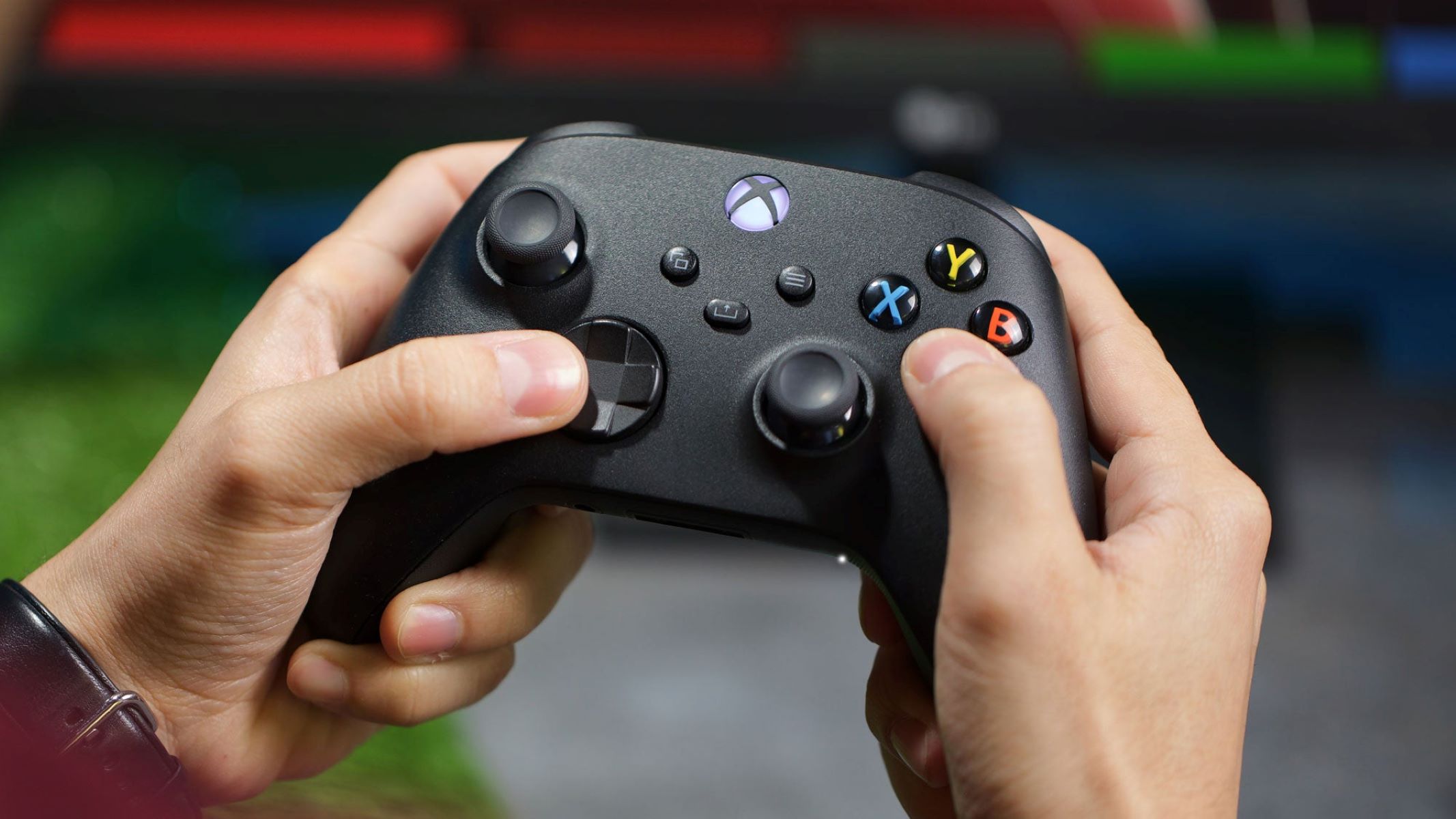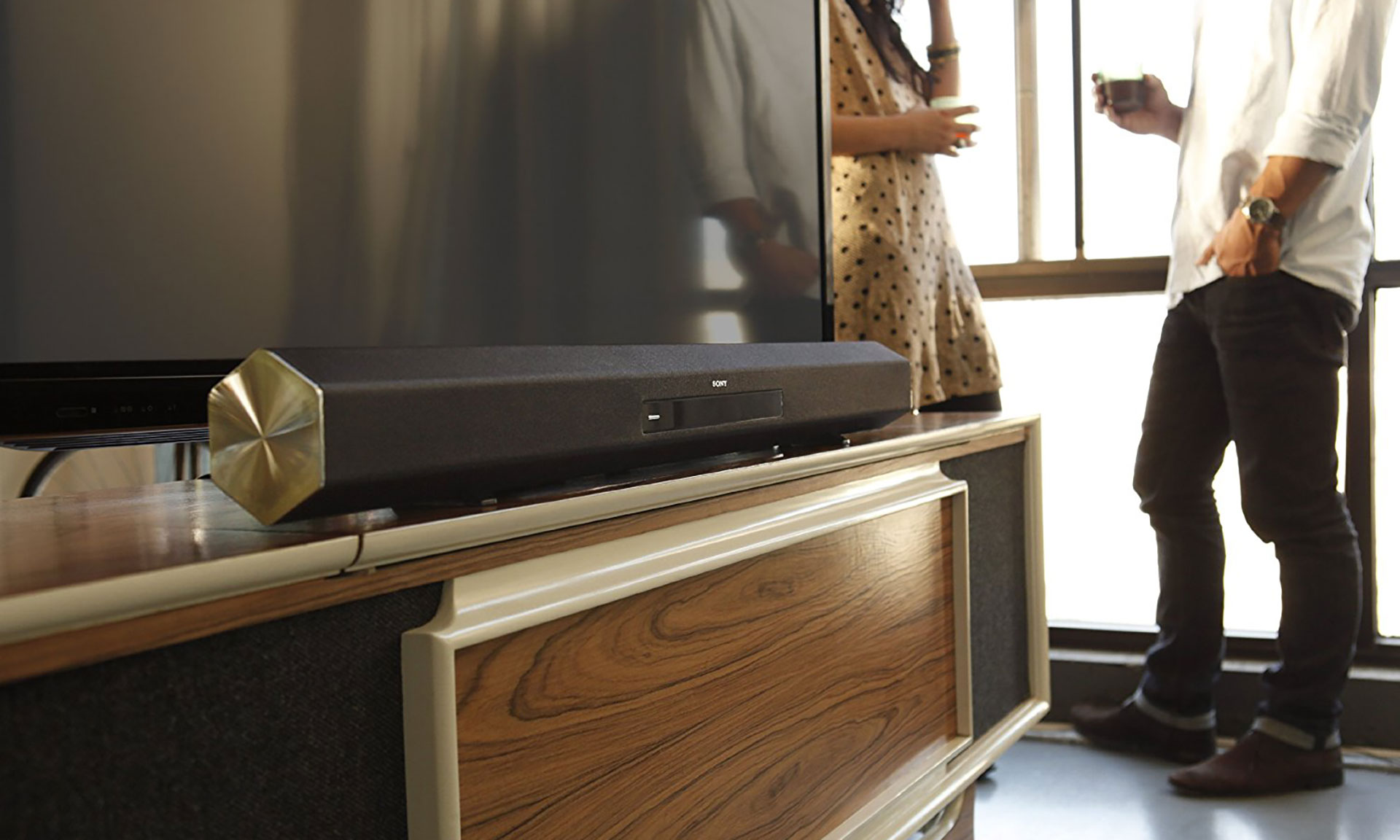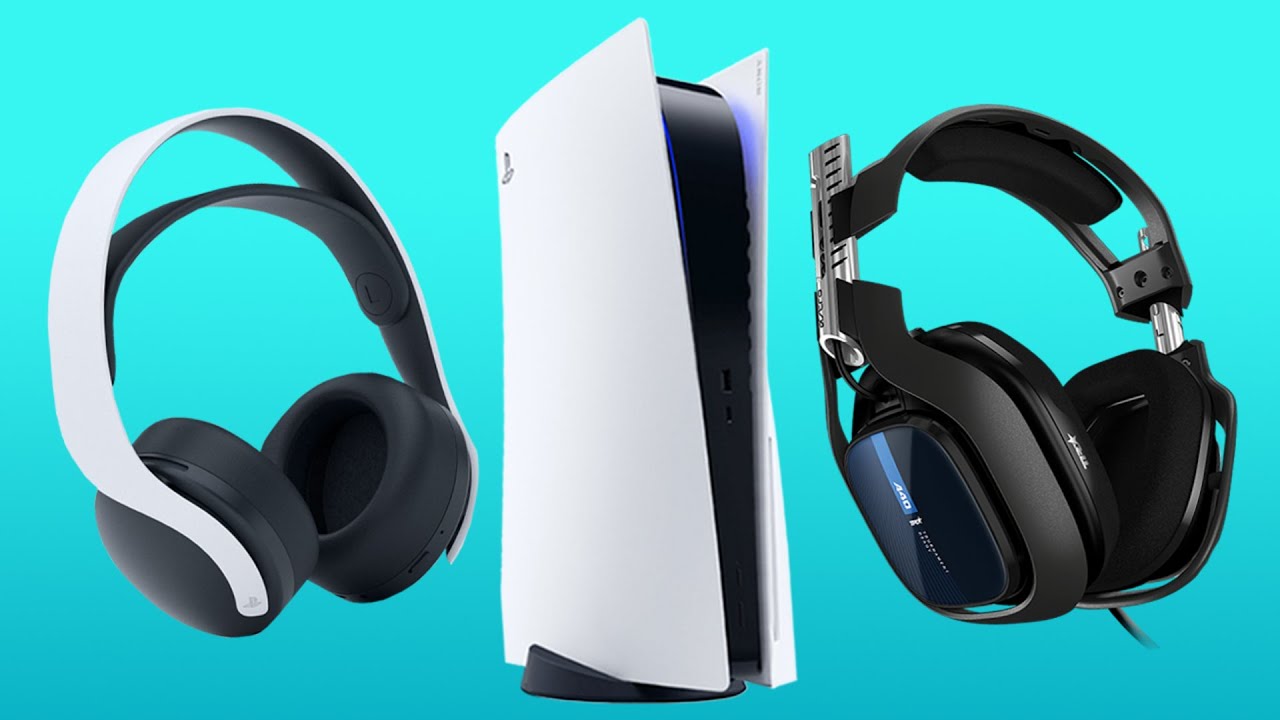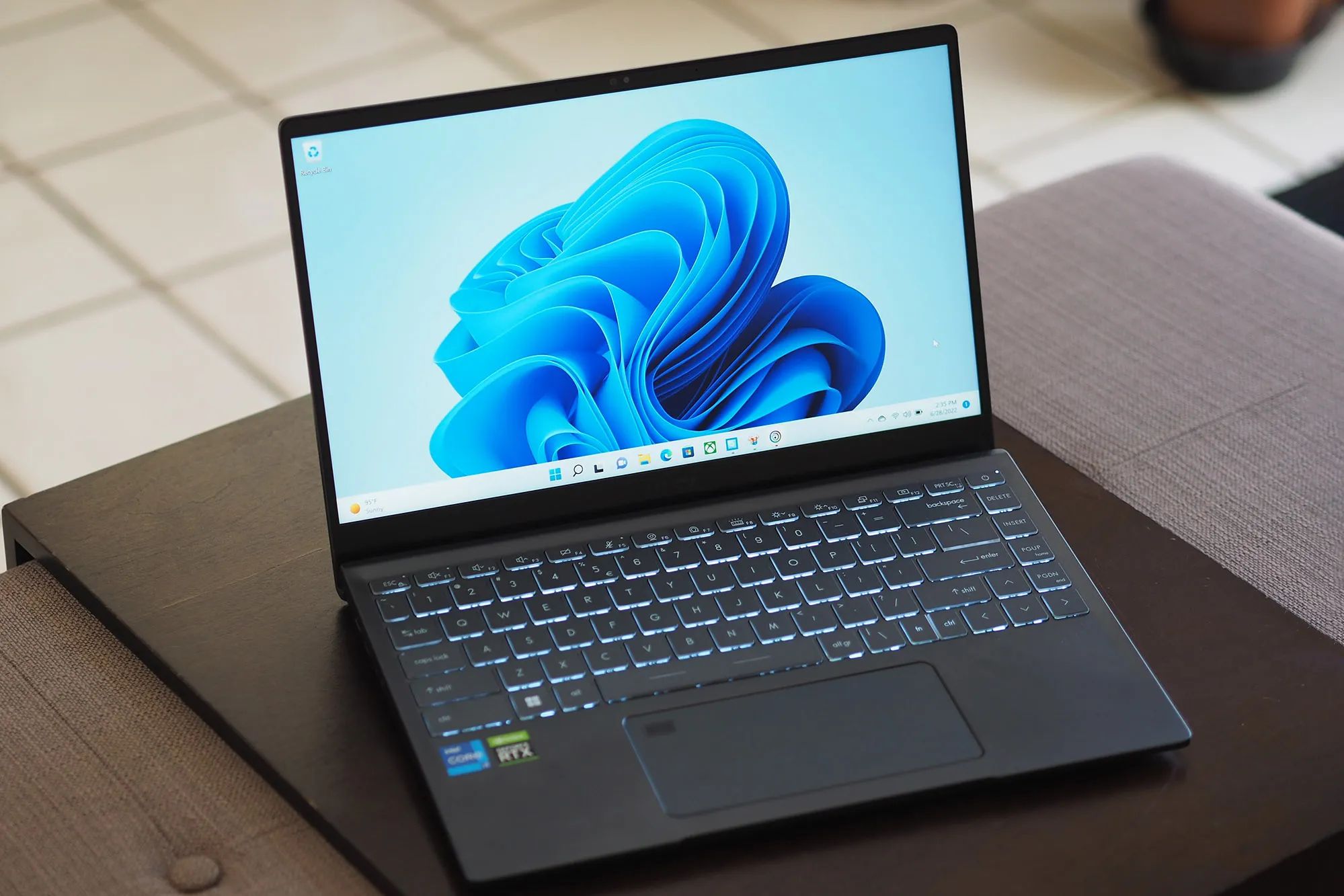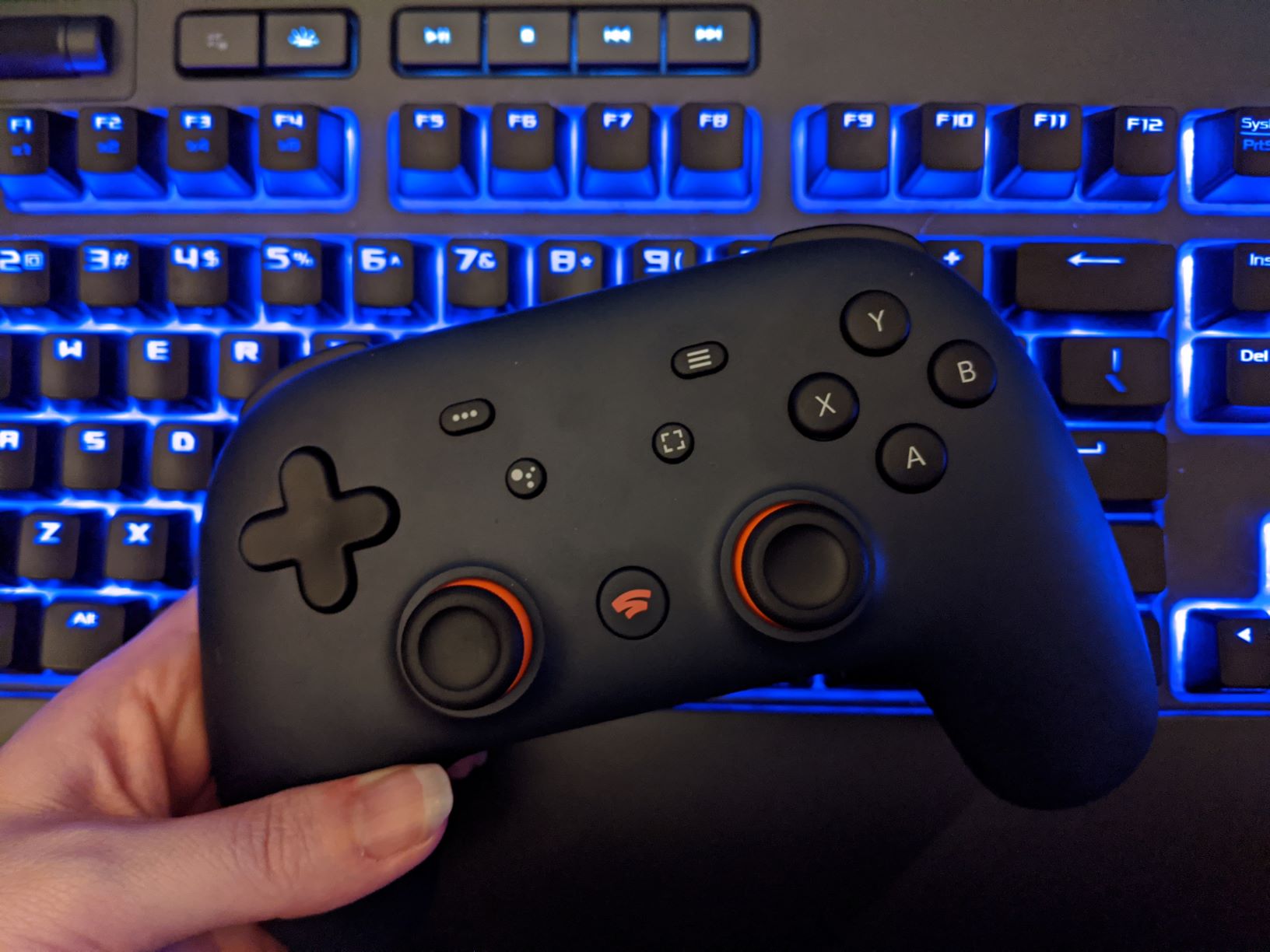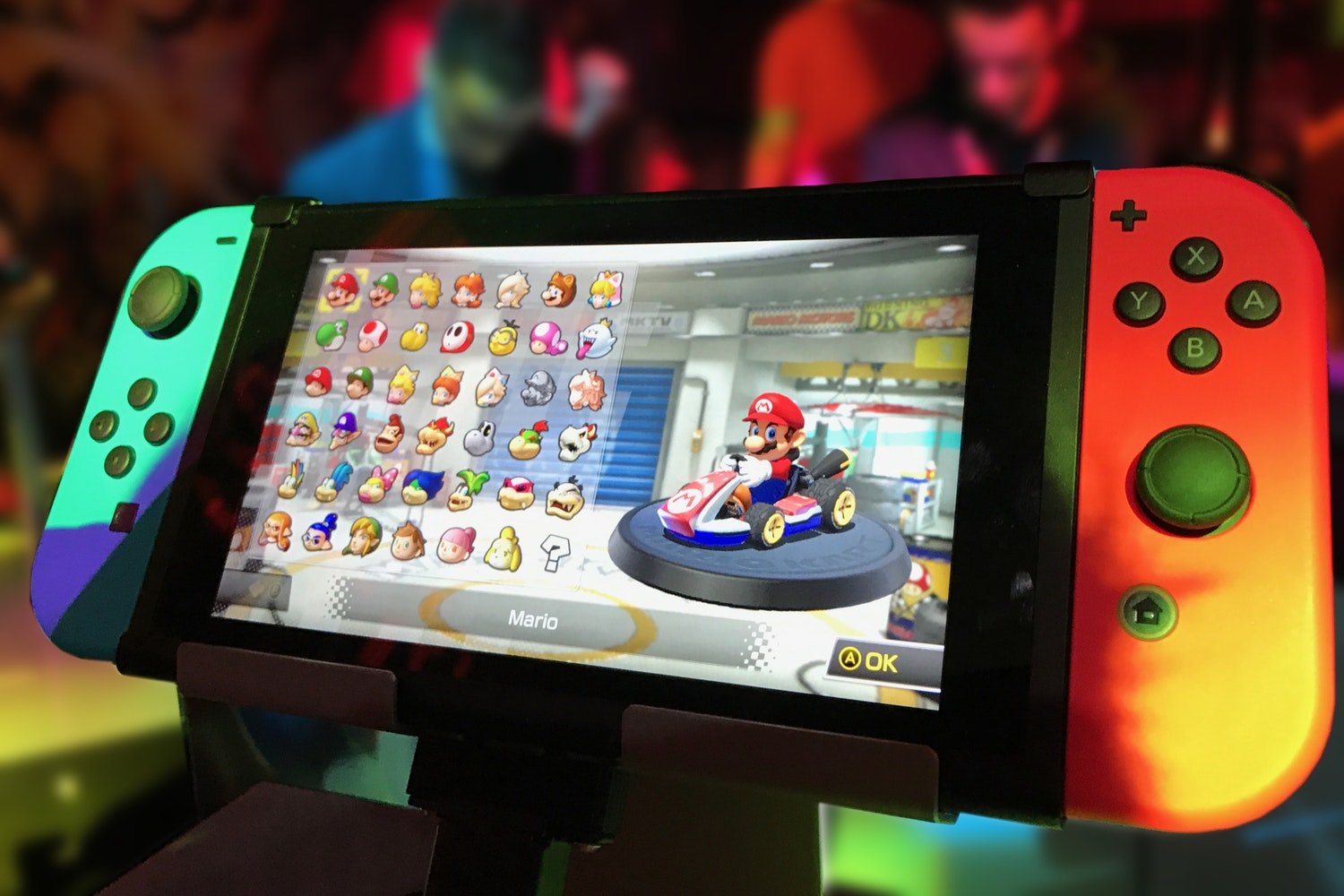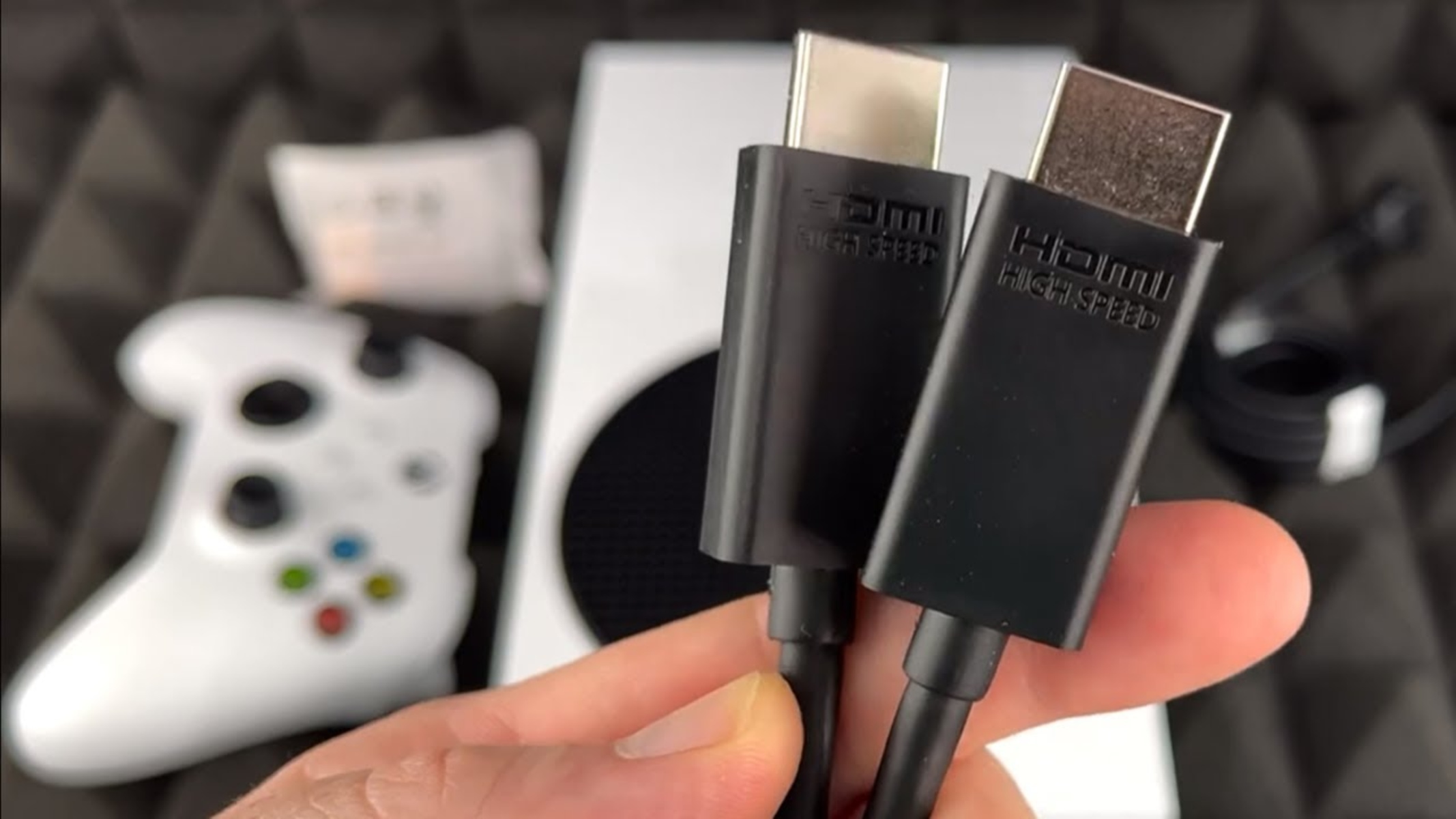Introduction
Understanding the Frustration of Game Controller Delay
Imagine this scenario: you’re in the midst of an intense gaming session, fully immersed in the virtual world, when suddenly you press a button on your game controller, but there’s a noticeable delay before the action is executed on the screen. This frustrating phenomenon, known as game controller delay, can significantly hinder the gaming experience, leading to missed opportunities, decreased responsiveness, and an overall sense of disconnect from the game.
Game controller delay, often referred to as input lag, is a common issue that plagues gamers across various platforms. Whether you’re playing on a console, PC, or mobile device, the presence of input lag can be a source of immense frustration, impacting not only your performance in the game but also your overall enjoyment of the gaming experience.
Understanding the factors contributing to game controller delay and knowing how to effectively address this issue is crucial for any avid gamer. By delving into the underlying causes and exploring practical solutions, you can regain control, responsiveness, and precision in your gaming endeavors.
In this comprehensive guide, we will unravel the complexities of game controller delay, pinpoint the common culprits behind this phenomenon, and equip you with actionable strategies to mitigate input lag, allowing you to fully immerse yourself in the gaming world without the hindrance of delayed responsiveness.
Understanding Game Controller Delay
Game controller delay, also known as input lag, refers to the noticeable time gap between the moment a player inputs a command through their controller and the corresponding action taking place on the screen. This delay can manifest in various forms, such as a sluggish response to button presses, delayed character movements, or unresponsiveness to rapid inputs, all of which can significantly impact the gaming experience.
Several factors contribute to game controller delay, with one of the primary culprits being the communication latency between the controller and the gaming device. When a player presses a button on their controller, the input signal must travel through the controller’s hardware, be transmitted wirelessly or via a cable to the gaming device, and then be processed by the game software before the action is reflected on the screen. Each of these stages introduces a certain degree of latency, collectively contributing to the overall input lag experienced by the player.
Furthermore, the display technology and hardware capabilities of the gaming device also play a significant role in input lag. For instance, the refresh rate of the display, the processing speed of the graphics hardware, and the synchronization between the display and the gaming software can all influence the responsiveness of the gaming experience. In competitive gaming scenarios where split-second reactions are crucial, even the slightest delay can make a substantial difference in performance.
Understanding the intricacies of game controller delay empowers gamers to identify and address the underlying issues, thereby enhancing their overall gaming performance and enjoyment. By gaining insights into the technical aspects of input lag and its impact on gameplay, players can make informed decisions when selecting gaming hardware, optimizing their gaming setups, and implementing strategies to minimize input lag for a more responsive and immersive gaming experience.
Common Causes of Game Controller Delay
Game controller delay can stem from a multitude of factors, encompassing both hardware and software elements within the gaming ecosystem. Understanding these common causes is pivotal in diagnosing and rectifying input lag issues to restore seamless responsiveness to gaming interactions.
One prevalent contributor to game controller delay is the wireless communication between the controller and the gaming device. While wireless controllers offer convenience and freedom of movement, they introduce the potential for signal interference, latency in data transmission, and susceptibility to environmental factors that can impede the real-time delivery of input commands to the gaming system.
Additionally, the processing capabilities of the gaming device, including its CPU, GPU, and memory, can influence input lag. Inadequate hardware resources or system bottlenecks may lead to delays in interpreting and executing controller inputs, particularly in resource-intensive gaming scenarios where rapid and precise responses are imperative.
The display technology and settings also play a pivotal role in game controller delay. Factors such as the display’s refresh rate, response time, and input lag inherent to the monitor or television can contribute significantly to the overall input lag experienced by the player. Furthermore, improper display settings, such as enabling post-processing effects or using non-gaming display modes, can introduce additional latency, further exacerbating the delay in visual feedback to controller inputs.
Software-related issues, including outdated firmware or drivers for the controller, gaming device, or display, can also lead to input lag. Inefficient communication protocols, suboptimal data processing algorithms, or compatibility issues between the controller and the gaming platform can impede the swift and accurate translation of input commands into on-screen actions.
Environmental factors, such as wireless interference from other electronic devices, suboptimal positioning of the gaming console or wireless receiver, and physical obstructions between the controller and the gaming device, can introduce unpredictable latency and disrupt the seamless transmission of controller inputs.
By recognizing these common causes of game controller delay, gamers can proactively address these issues through targeted troubleshooting, hardware optimizations, software updates, and environmental adjustments to minimize input lag and restore the fluidity and responsiveness of their gaming experiences.
How to Fix Game Controller Delay
Addressing game controller delay entails a systematic approach that encompasses hardware optimizations, software configurations, and environmental adjustments to mitigate input lag and restore seamless responsiveness to gaming inputs.
One effective strategy to reduce input lag is to prioritize wired connections for the game controller. By utilizing a wired USB or direct connection, gamers can minimize the potential for signal interference and latency inherent in wireless communication, ensuring swift and reliable transmission of controller inputs to the gaming device.
Optimizing the gaming device’s hardware performance is crucial in alleviating input lag. This can be achieved through hardware upgrades, such as enhancing the CPU, GPU, or memory capacity, to bolster the system’s processing capabilities and minimize delays in interpreting and executing controller inputs, particularly in resource-intensive gaming scenarios.
Adjusting the display settings and leveraging gaming-oriented display modes can significantly reduce input lag. Configuring the display to operate at its native refresh rate, enabling gaming-specific display modes, and minimizing post-processing effects can streamline the visual feedback loop, diminishing the delay between controller inputs and on-screen actions.
Regularly updating the firmware and drivers for the game controller, gaming device, and display is essential in addressing software-related input lag issues. Ensuring that the communication protocols, data processing algorithms, and compatibility between the controller and the gaming platform are optimized can enhance the efficiency and accuracy of input translation, minimizing the latency in executing gaming commands.
Environmental optimizations, such as minimizing wireless interference, repositioning the gaming console or wireless receiver to reduce signal obstructions, and ensuring unobstructed line-of-sight communication between the controller and the gaming device, can mitigate unpredictable latency and enhance the reliability of controller inputs.
Implementing these proactive measures, in conjunction with targeted troubleshooting and diagnostics, empowers gamers to effectively mitigate game controller delay, fostering a more responsive, immersive, and enjoyable gaming experience.
Conclusion
Game controller delay, or input lag, can significantly diminish the gaming experience by introducing noticeable delays between controller inputs and on-screen actions. Understanding the multifaceted nature of input lag and its common causes equips gamers with the knowledge to address and mitigate this issue, restoring seamless responsiveness and precision to gaming interactions.
By recognizing the impact of wireless communication on input lag, optimizing hardware performance, configuring display settings, updating firmware and drivers, and addressing environmental factors, gamers can proactively reduce game controller delay and enhance their overall gaming experiences. Prioritizing wired connections for controllers, upgrading hardware components, and leveraging gaming-specific display modes are effective strategies to minimize input lag and improve responsiveness.
As gaming technology continues to advance, the ongoing pursuit of minimizing input lag remains paramount, especially in competitive gaming scenarios where split-second reactions can make a substantial difference in performance. By staying informed about the latest advancements in gaming hardware, software optimizations, and environmental considerations, gamers can continuously refine their gaming setups to deliver optimal responsiveness and immersion.
Ultimately, the ability to mitigate game controller delay empowers gamers to fully immerse themselves in the virtual worlds they inhabit, facilitating a seamless and captivating gaming experience devoid of the hindrance of delayed responsiveness. Through a combination of technical knowledge, proactive optimizations, and a keen understanding of the intricacies of input lag, gamers can reclaim control, precision, and enjoyment in their gaming endeavors.







